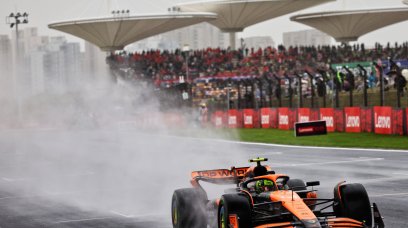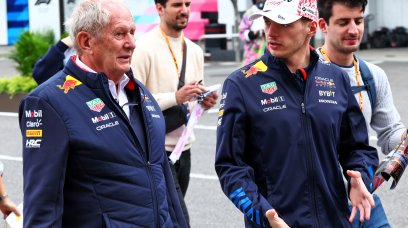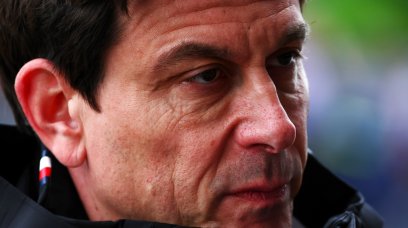Kimi Raikkonen's ninth place at Imola may be back on the table for Alfa Romeo, following the team's successful appeal to have his thirty second time penalty reviewed. The Finn dropped out of the points following the imposing of the time penalty, which was given in lieu of the drive-through penalty that the stewards originally intended at Imola. The points for ninth would have Raikkonen's, and Alfa Romeo's, first points of the year and are incredibly valuable for a small team. The stewards have granted a review of the penalty, based on the Imola steward's decision document saying that the penalty was given based on the regulation being “consistent amongst several championships, has been in the Formula One Sporting Regulations for several years and has been consistently applied.” Alfa Romeo were able to show that the regulation has not been applied in F1 before, therefore a contradiction of the steward's wording. But the penalty itself regarding the regulation breach is confusing. Just what crime is Raikkonen actually being accused of? Let's try to break it down as simply as possible. Raikkonen was given the penalty, having failed to re-enter the pitlane, having not re-established the original starting order before reaching the first Safety Car line on the lap the Safety Car returned to the pits. This penalty was given under Article 42.6 (a) of the Sporting Regulations. The issue was that Raikkonen had slid off the track on that lap of the race (the rolling restart lap), and didn't have time to regain his position before the Safety Car withdrew for the rolling start. However, the application of the regulations covered by Article 42.10, 42.11 and 42.12 don't appear to allow for the exact circumstances that unfolded. The rules cover a standing start after the Safety Car withdrawal, as well as two laps on track prior to a rolling restart. With just one lap given for the restart by Race Control, Raikkonen was unable to obey the regulation requiring him to pit, having failed to regain his original position by the first Safety Car line, as the race immediately restarted. A second lap, as worded in the regulations, would have allowed Raikkonen to get back into position as required without that pitstop being required. With the team fearing a penalty for overtaking under Safety Car conditions, they told Raikkonen not to accelerate back into position and, instead, hold his ground. This, ironically, was what triggered the penalty by breaching the wording of the regulation. "This would appear to be a contradictory instruction and the team instructed the driver to not regain his position, fearing that this would create a safety issue in the wet conditions," said the steward's decision at Imola. "They radioed the Race Director, but there was no time for a response between their call and the restart. "The penalty is a mandatory penalty, and therefore the Stewards consider that they have no alternative than to apply this penalty for reasons of consistency." With the penalty now under review, there's every possibility that Raikkonen and Alfa Romeo could get back their points if the Portuguese stewards overturn the penalty.
Most read






















